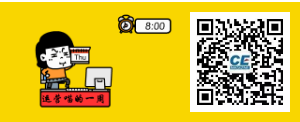It has been 11 years since the release of the first Kindle, and the global e-book reading market is no longer as “blank” as it once was. Nowadays, various products are flourishing. This article from the “Consumer Electronics” review team has selected three representative e-book products for comparison: BOOX Note +, reMarkable, and Sony DPT-CP1.
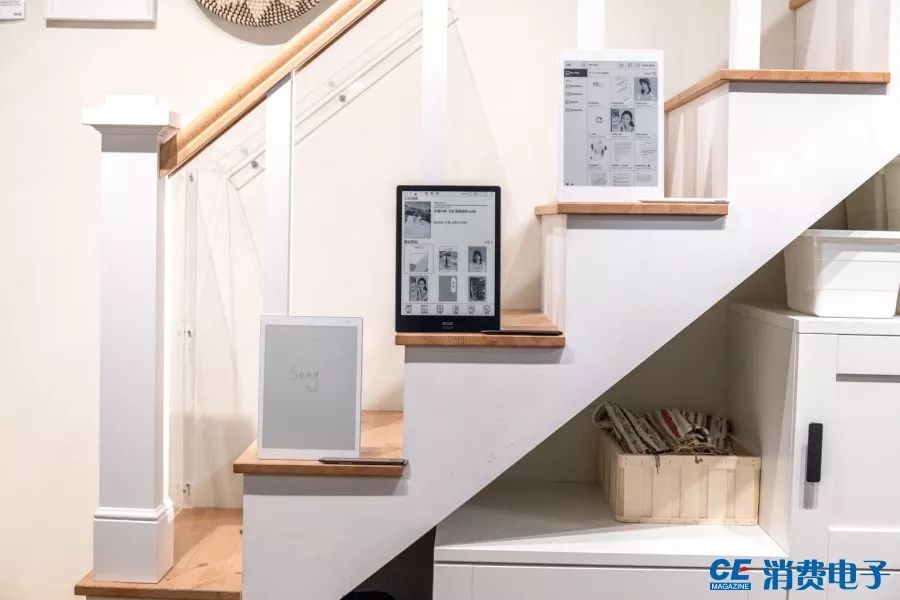
All three products have performed well in their respective niches, but they are fundamentally “e-book” products. This article will provide a comprehensive comparison of the three.
Appearance Comparison: One Black and Two Whites
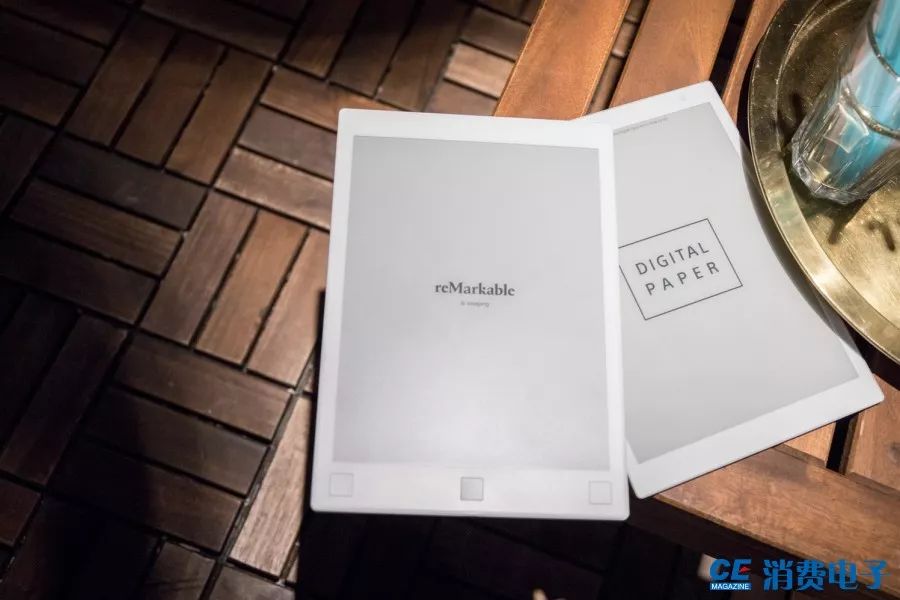
Both reMarkable and Sony DPT-CP1 have white bodies, while BOOX Note + features a “black front and gray back”.

BOOX Note + has a unique front design with equal-width sides, making it more suitable for vertical use, and the extra space at the bottom is just right for gripping.
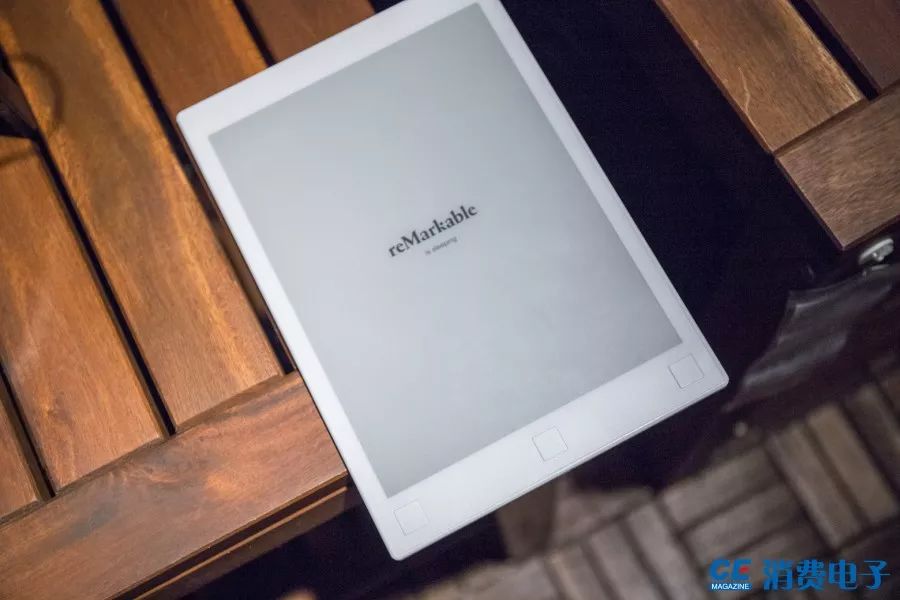
reMarkable has a rectangular shape with a completely symmetrical design, which is visually appealing; the three large square buttons at the bottom correspond to the previous page, return to the previous layer, and next page operations.
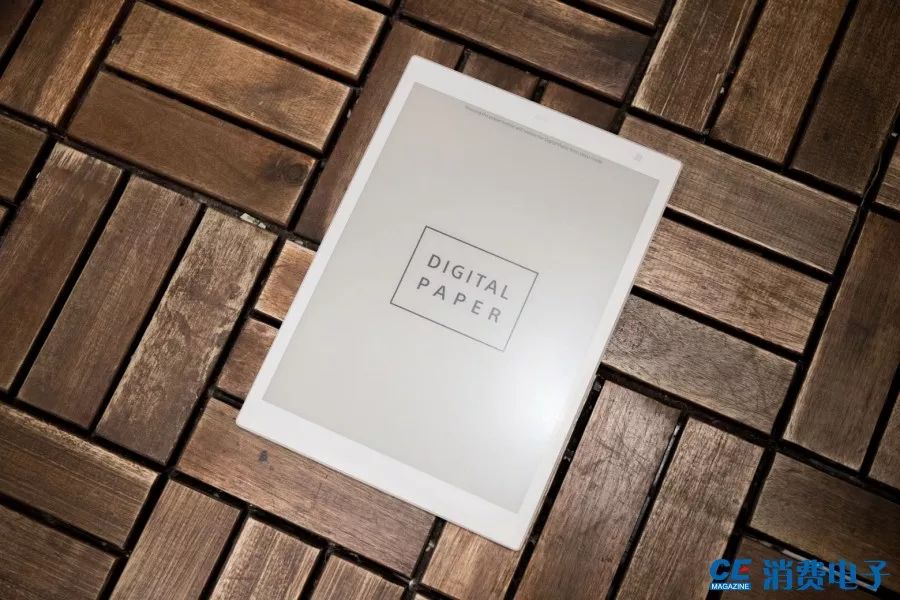
Sony DPT-CP1 is extremely lightweight and also features a symmetrical design, but the menu button is located at the top, showcasing Sony’s unique product design expertise.
Flat Screens: Differences Between “Frosted” and “High Definition”
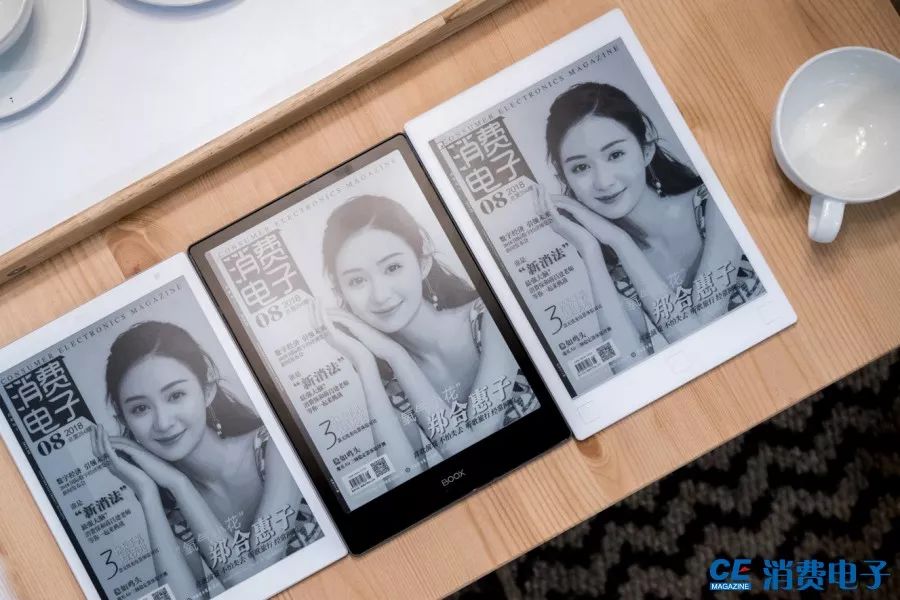
All three products feature 10.3-inch electronic ink screens with a “flat design”. Both reMarkable and Sony DPT-CCP1 have a “frosted” glass cover on the front, which slightly compromises display quality compared to the high-definition screen of BOOX Note +. This is a trade-off made by the manufacturers, and we won’t evaluate it further. In terms of display quality, the BOOX Note + screen is the most delicate and transparent, while reMarkable and Sony DPT-RP1 are on par with each other.
Screen flickering has always been a major concern for consumers, and among the three products, only BOOX Note + has Regal refresh technology, which significantly reduces flickering frequency (full refresh). reMarkable and Sony DPT-CCP1 have not optimized for flickering issues, with experiences similar to most e-books on the market, flickering approximately once every 10 pages.
Additionally, reMarkable has a serious ghosting issue, which cannot be improved even with frequent full refreshes. Sony DPT-RP1 performs much better in terms of ghosting, but frequent full refreshes can still be uncomfortable for users. BOOX Note + also experiences ghosting, but this is due to its full refresh strategy; during our reading process, BOOX Note + generally does not perform full refreshes.
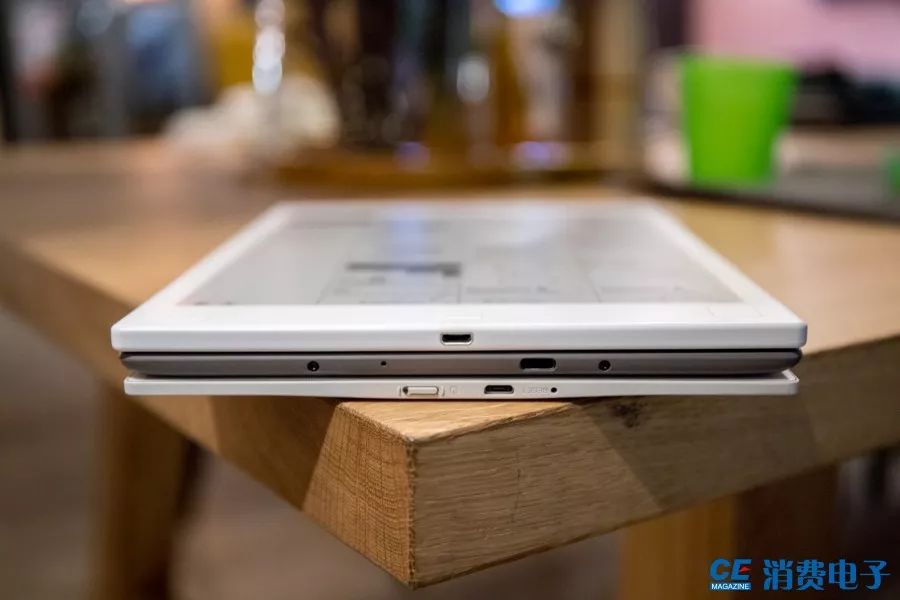
In terms of interfaces, reMarkable and Sony DPT-CP1 both use Micro USB, while BOOX Note + has adopted the Type-C interface, which supports reversible insertion. In addition, BOOX Note + also has a speaker, allowing users to listen to music while reading, making it functionally richer than the other two.
Size Comparison: BOOX Note + Offers the Best Grip
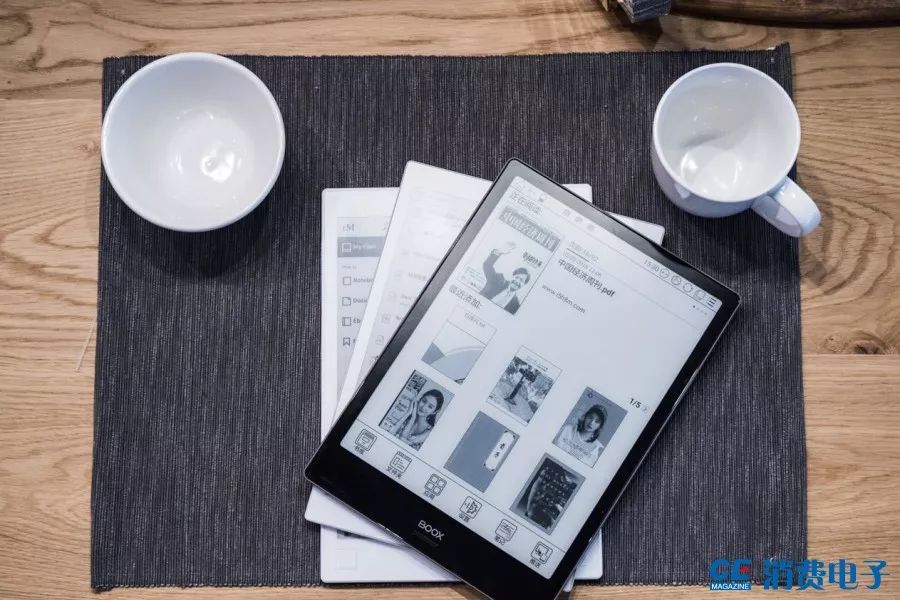
The sizes of the three products are not significantly different, as they all have the same screen size and adopt a “narrow bezel” design. However, for the sake of comparison, we will highlight their differences.
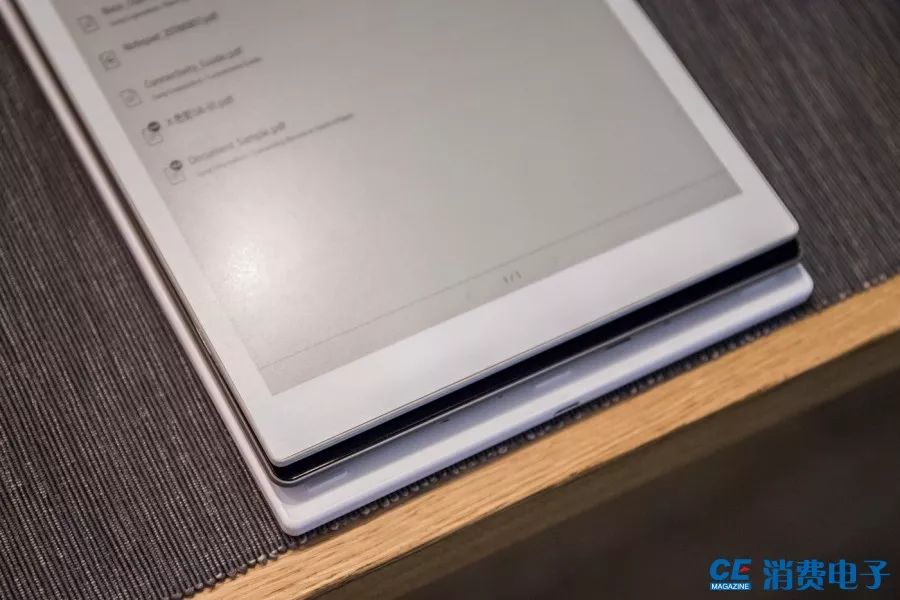
In size comparison, reMarkable is the widest, longest, and thickest, and its rectangular design further exaggerates this impression visually and in hand feel.
Sony DPT-CP1, on the other hand, is the smallest in width, length, and thickness, and Sony engineers designed a large “cut-edge design” that misleads users into thinking the thickness of the bezel is the thickness of the device.
BOOX Note + is in between the other two, with a smooth transition on the back, providing the most comfortable grip.
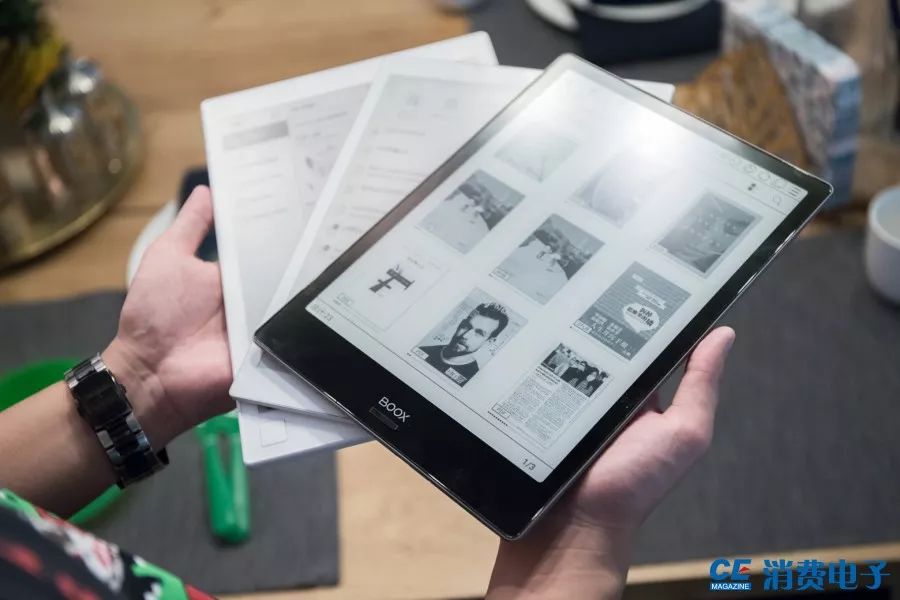
In terms of weight, both BOOX Note + and reMarkable are officially claimed to weigh 350g, but reMarkable feels heavier due to its larger size. Sony DPT-CP1 is the lightest at only 240g, far ahead of all other e-books of the same size, showcasing the strength of an international top manufacturer.
System Localization Comparison
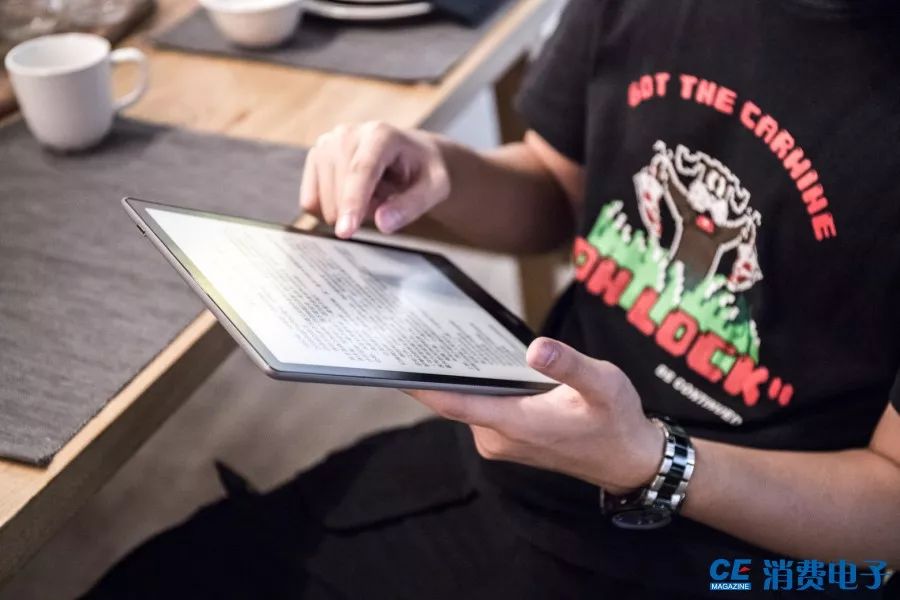
With the home advantage, BOOX Note + is far ahead of reMarkable and Sony DPT-CP1 in terms of local optimization. BOOX Note + has its own app store, where users can download various reading applications; thanks to this, BOOX Note + encompasses almost all books available on the market.
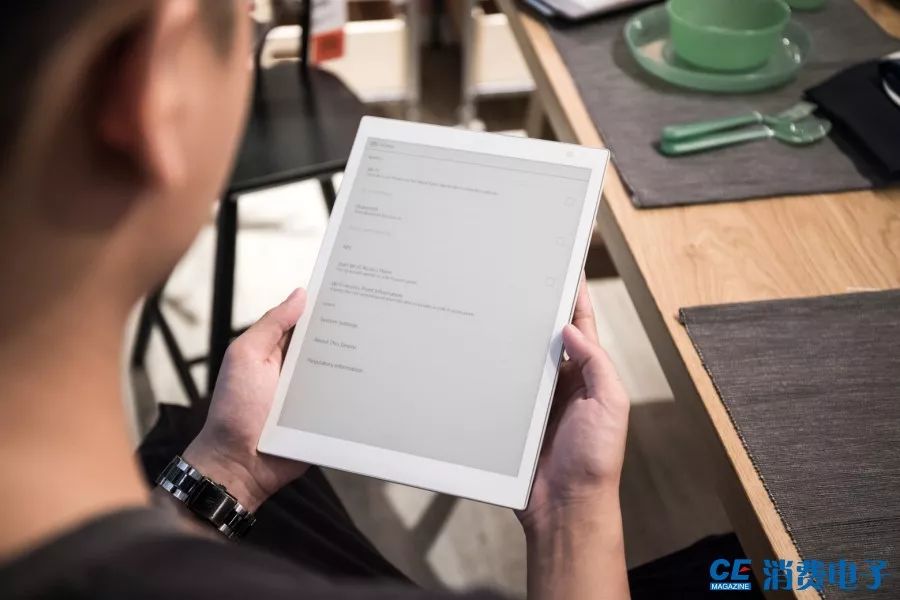
Neither reMarkable nor Sony DPT-CP1 has made any optimizations for the domestic market, and their systems do not support Chinese. However, users can import Chinese books and PDFs by themselves.
In terms of book synchronization, BOOX Note + and Sony DPT-CP1 support their respective network synchronization functions, while reMarkable requires a VPN to use the network synchronization feature, which is very unfriendly for users in mainland China.
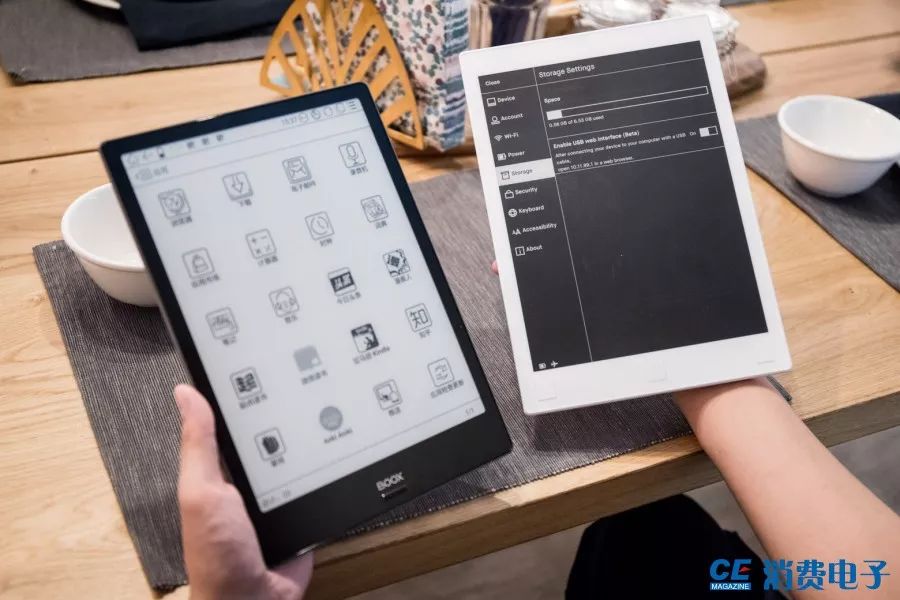
In addition to network synchronization, all three support local transfer, but reMarkable performs the worst in this regard. Its local transfer function often fails, and due to network restrictions, users in mainland China can only use local transfer to import books, but this feature is still in beta.
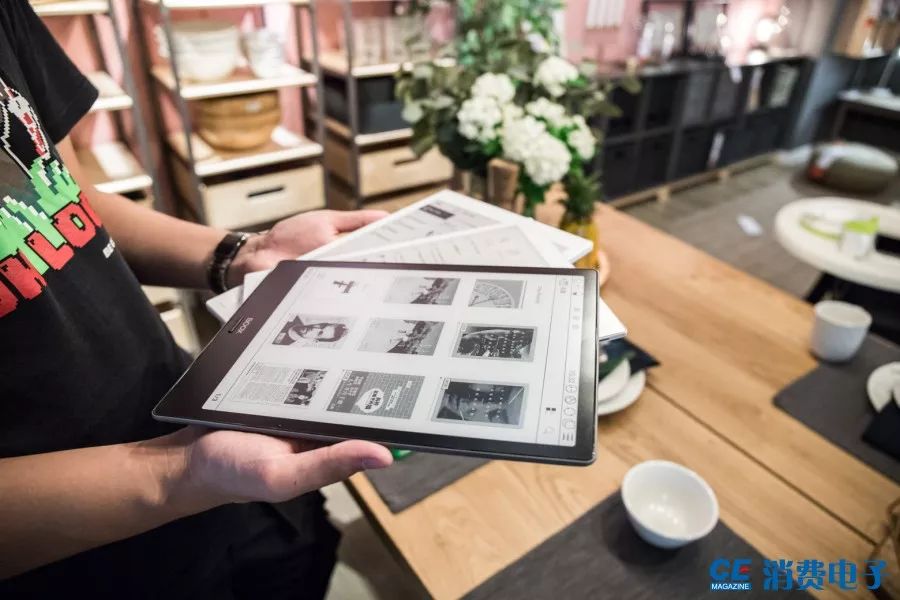
BOOX Note + offers the best system experience among the three, with clear and logical interaction, and more features than the other two. Most importantly, BOOX Note + is well aware of Chinese users’ habits, boasting high-level local optimization that reMarkable and Sony DPT-CP1 cannot match.
Reading Experience Comparison: Sony DPT-CP1’s Waterloo
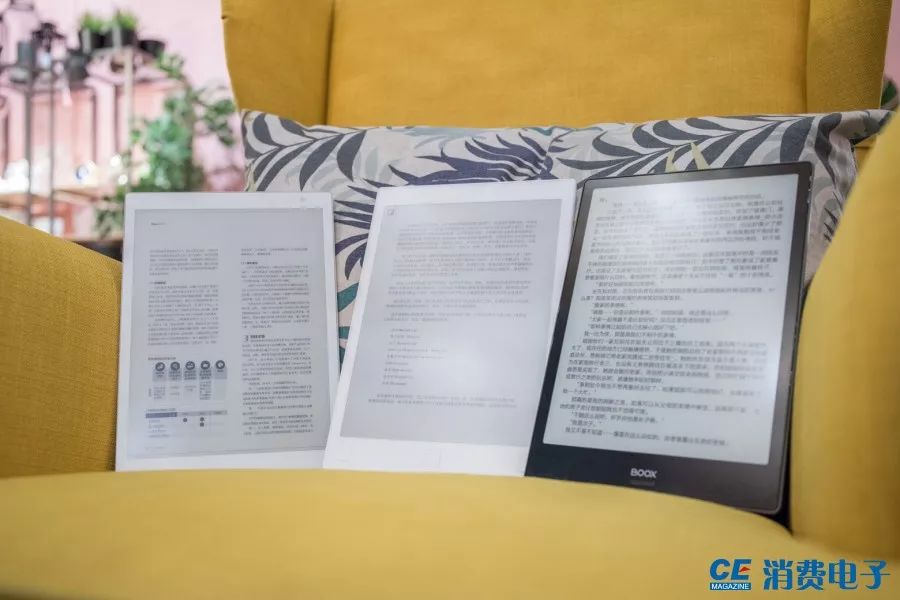
Long-term reading on e-books involves factors such as product weight, grip comfort, battery life, page response speed, and screen flickering, which test the overall reading capabilities of the three products.
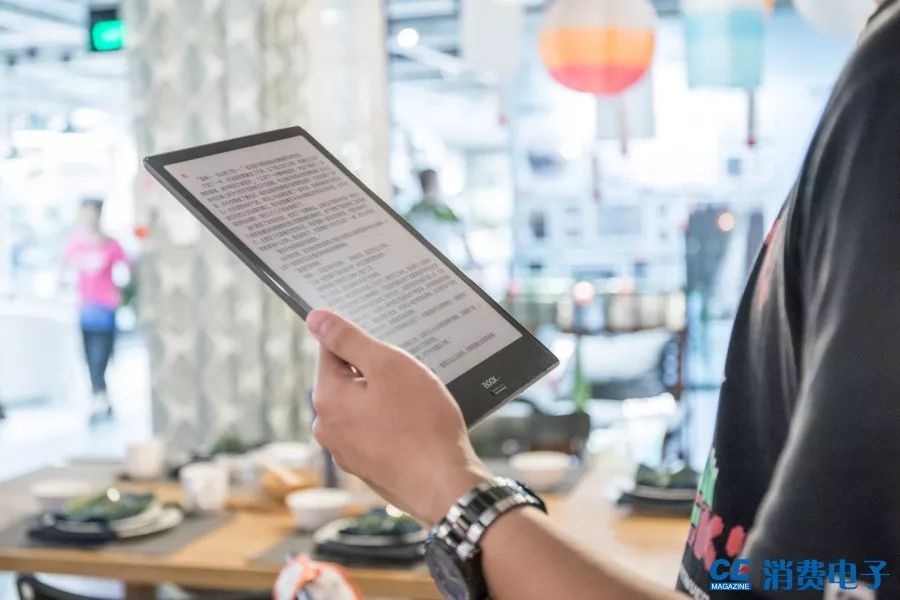
In practice, BOOX Note + offers the most comfortable long-term grip, and when the “no full refresh” option is enabled, the screen did not flicker once during reading, although its 350g weight feels slightly heavy. Additionally, BOOX Note + has the advantage of having a rich selection of third-party reading applications, allowing users to easily find the content they want to read, while reMarkable and Sony DPT-CP1 require books to be imported from a computer.
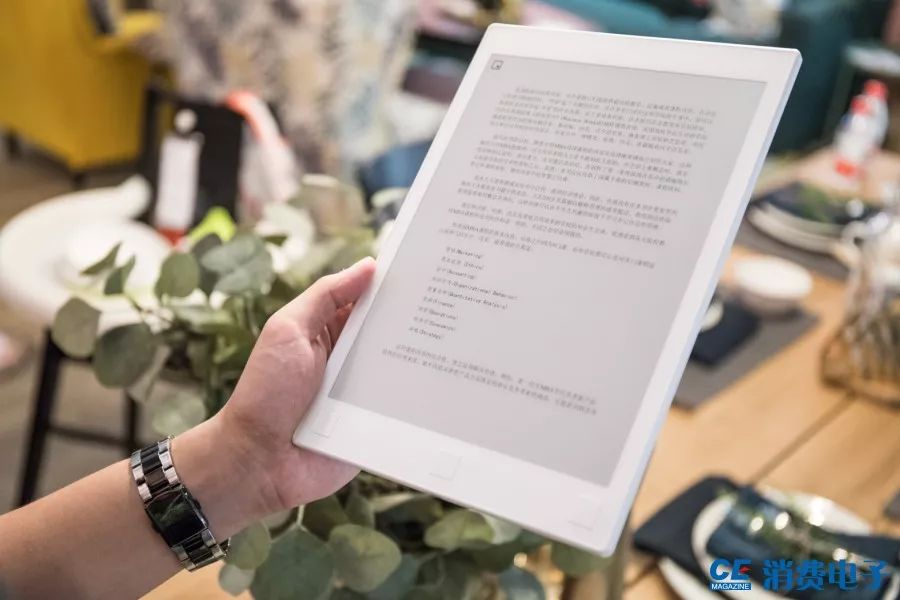
reMarkable has independent page-turning buttons, making it easy to flip pages, but screen flickering occurs frequently during reading, severely affecting the continuity of reading. Its 350g weight can also cause discomfort in the hands. Additionally, while the rectangular design of reMarkable is aesthetically pleasing, it is not conducive to prolonged gripping.
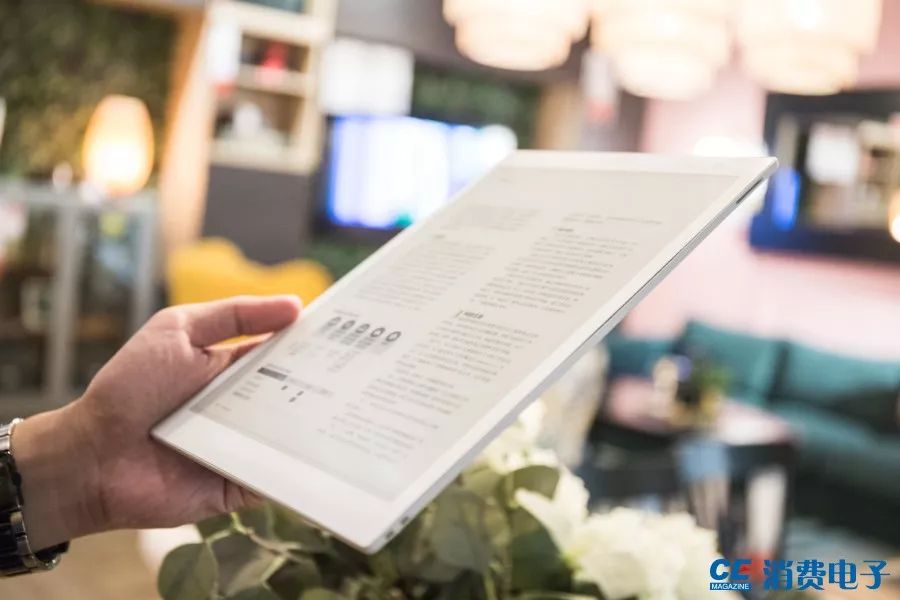
Sony DPT-CP1 is the lightest at only 240g, which should theoretically make it the best performer among the three, but this is not the case. The edges and corners of Sony DPT-CP1 have almost no smooth transitions, making it feel extremely “sharp” in hand, and being too thin is not always an advantage.
The page-turning performance can be described as “poor”; there are no independent page-turning buttons, and users cannot tap to turn pages; they can only swipe, which often results in slow responses, leading users to mistakenly believe that the page turn was not recognized, causing them to swipe again, resulting in two pages turning at once. Furthermore, Sony DPT-CP1 has the most severe screen flickering among the three, with full refresh occurring every time a PDF page is turned.
In reading, it is clear that BOOX Note + excels, followed by reMarkable, while Sony DPT-CP1 has significant room for optimization.
Handwritten Notes: Different Trade-offs
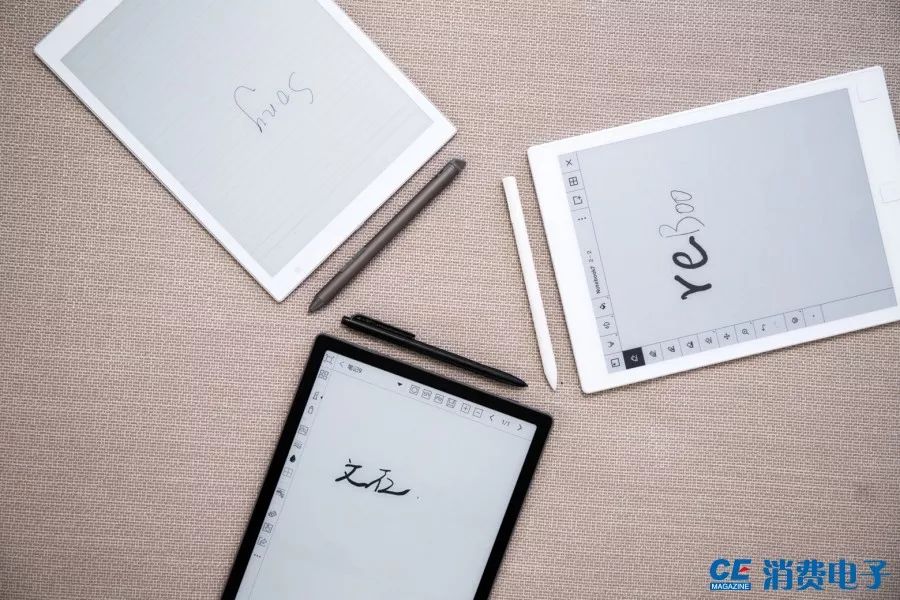
All three e-books come with a stylus and emphasize note-taking functionality. Both reMarkable and Sony DPT-CCP1 claim to be electronic paper, with the most noticeable difference being that they have replaced the screen with frosted glass to increase friction between the pen tip and the screen, thereby maximizing the paper-like writing experience. BOOX Note + has chosen a different optimization direction for handwriting, focusing on the clarity of the written text.
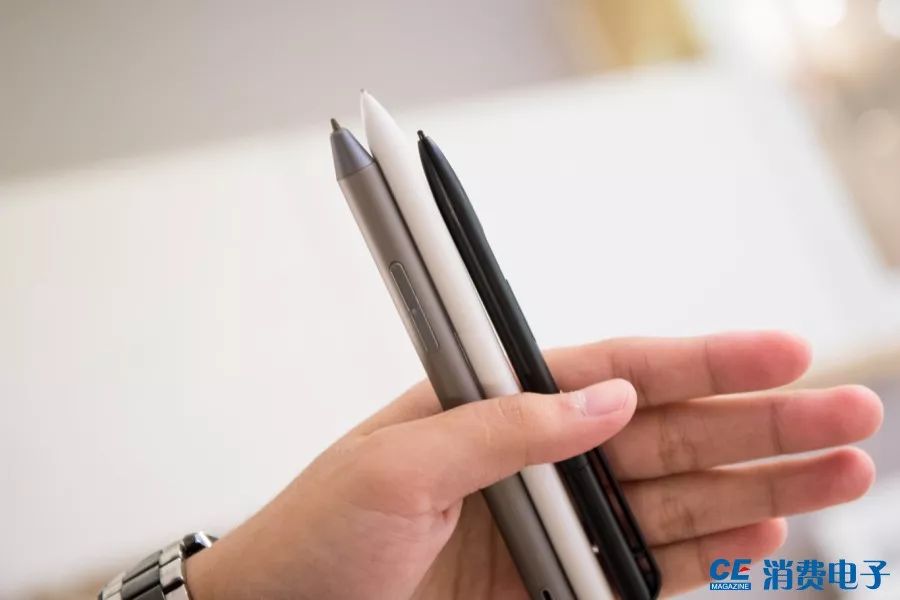
Starting with the “pen”, BOOX Note + supports 4096 levels of pressure sensitivity, while reMarkable and Sony DPT-CCP1 support 2048 levels. Additionally, the styluses of BOOX Note + and reMarkable can be used interchangeably, with pressure sensitivity being effective for both. Both styluses do not require power, and the tips are consumables that need to be replaced regularly.
Both the styluses of BOOX Note + and Sony DPT-CCP1 have independent buttons that can be pressed to erase text, while reMarkable has no buttons at all. The BOOX Note + stylus can erase text with its tip, restoring some pencil-like usage habits.
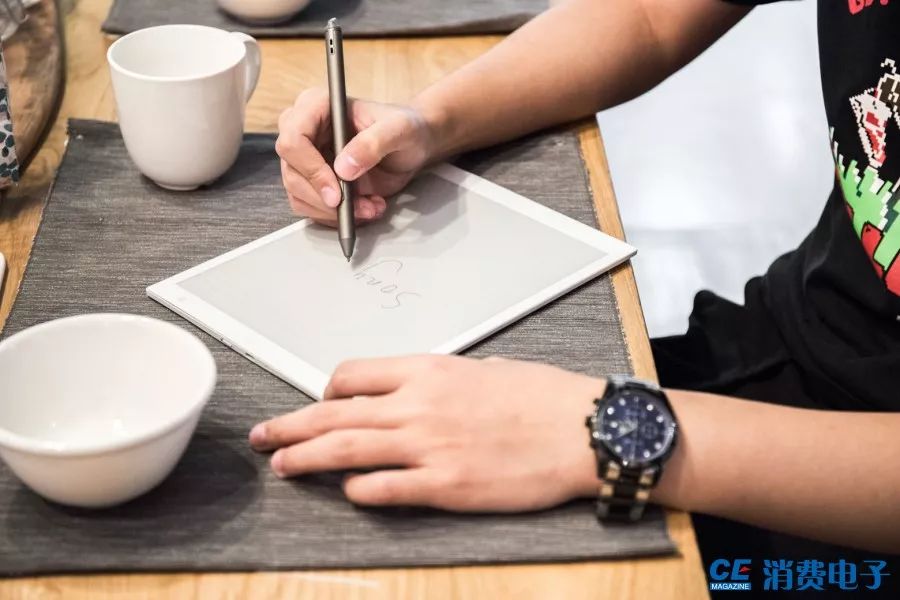
In terms of writing experience, reMarkable and Sony DPT-CCP1 aim to replicate the closest experience to “paper”, having replaced the screen glass with a frosted texture. During writing, there is a “scratching” sound from the pen tip contacting the screen, and the resistance during writing is also very close to that of paper. ReMarkable provides the most authentic writing experience, while Sony DPT-CCP1 has some delay, slightly inferior to reMarkable.
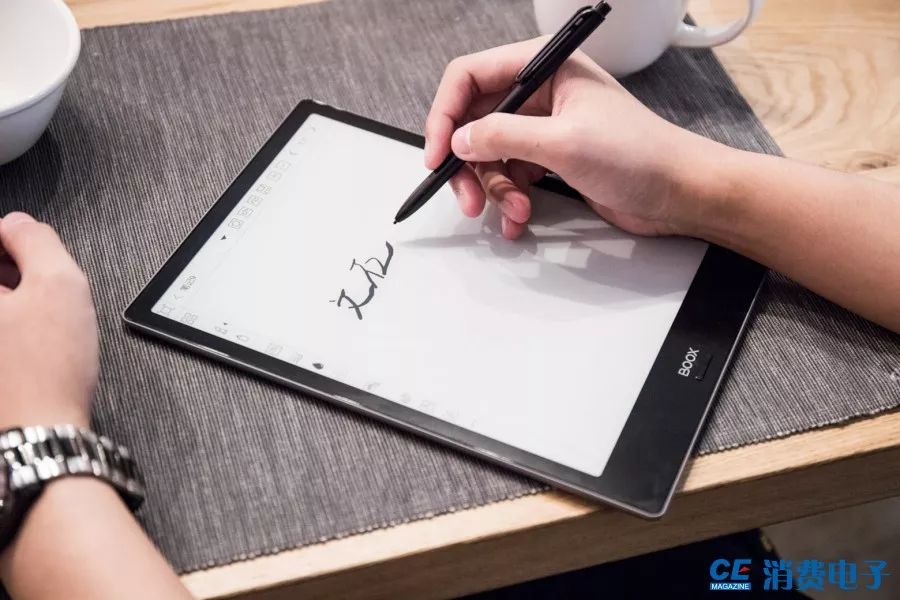
BOOX Note + does not use frosted glass to enhance the writing experience, but it does provide clear text display. The stylus of BOOX Note + increases writing resistance, and the friction is acceptable. With 4096 levels of pressure sensitivity, it helps users accurately replicate pen stroke intensity, resulting in distinct thickness. This aspect is stronger than reMarkable and Sony DPT-CCP1. Practical tests have also shown that the higher pressure sensitivity of BOOX Note + results in more aesthetically pleasing and natural handwriting.
Configuration Comparison: BOOX Note + Leads in Strength
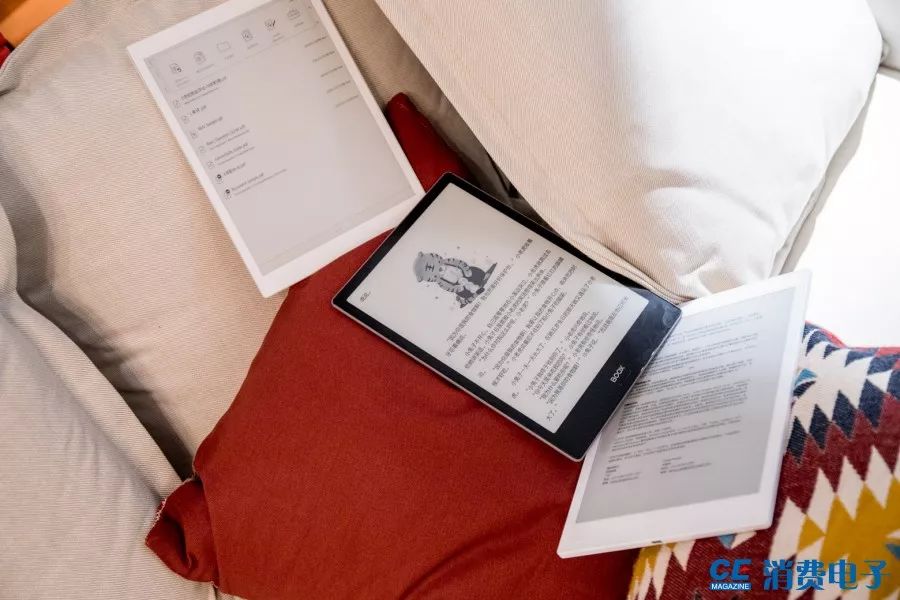
In terms of configuration, all three have identical screen parameters, featuring a 10.3-inch display with a resolution of 1872×1404 and 227 DPI. BOOX Note + features Regal refresh technology, which can significantly reduce the frequency of full refreshes, thereby minimizing “screen flicker”.
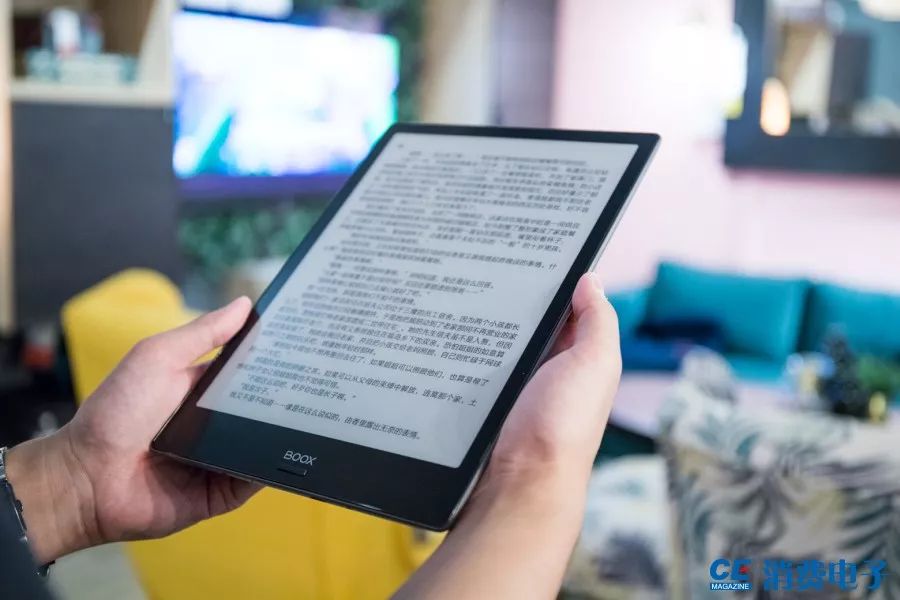
BOOX Note + weighs 350g, with overall dimensions of 249mm×177mm×6.8mm; it has 2GB of RAM and 32GB of non-expandable storage; the battery capacity is 4100mAh; it uses a Quad-core 1.6GHz processor; it has a speaker and a Type-C interface; and the stylus supports 4096 levels of pressure sensitivity.
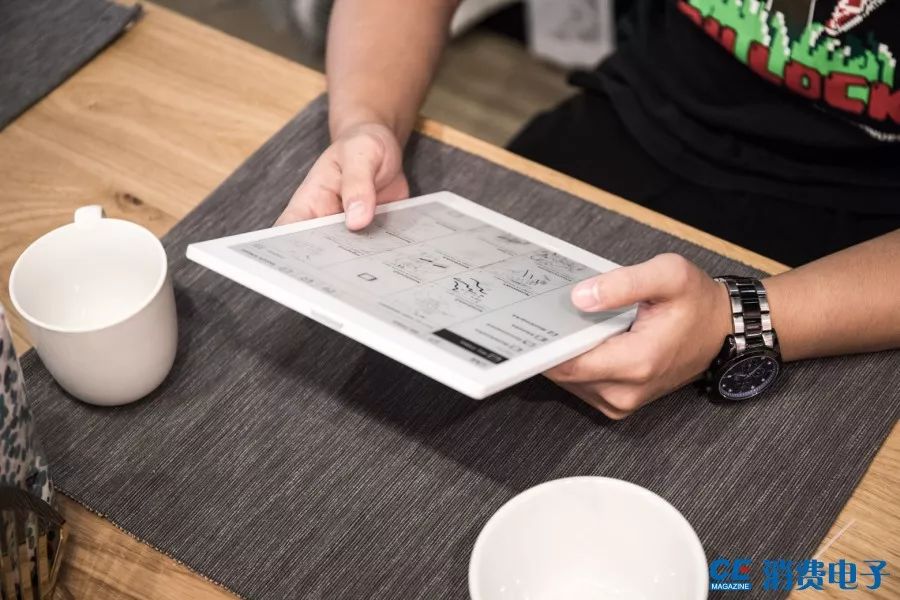
reMarkable weighs 350g, with overall dimensions of 177mm×256mm×6.7mm; it has 512MB of RAM and 8GB of non-expandable storage; the battery capacity is 3000mAh, and it uses a 1GHz ARM A9 CPU, which has low performance but low power consumption; the stylus supports 2048 levels of pressure sensitivity, requires no power, has replaceable tips, and features tilt sensing.
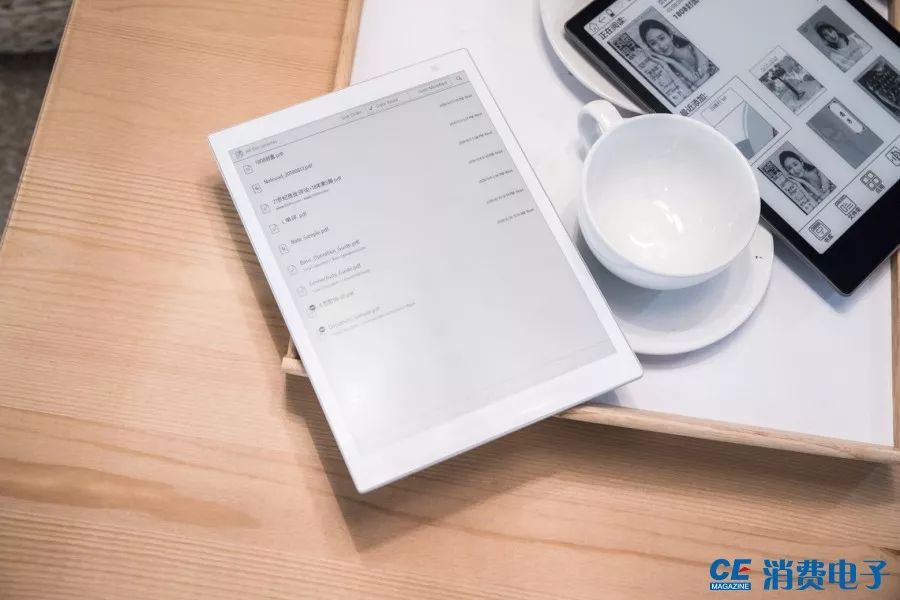
Sony DPT-CP1 weighs 240g, with overall dimensions of 174.2mm×243.5mm×5.9mm; it has 8GB of non-expandable storage; the battery capacity has not been disclosed, but the official claim is a battery life of 3 weeks; it uses a Marvell (R) IAP 140 processor; supports NFC; and comes with a stylus that requires separate power, with a charging interface at the top of the stylus.

In terms of battery life, BOOX Note + has the largest battery capacity among the three, followed by reMarkable, while the official battery capacity of Sony DPT-CP1 has not been announced, but its light weight suggests it likely has a smaller battery. In practical daily use, all three e-books claim to last over 3 weeks, so battery life should not be a major concern.
Overall, in terms of configuration, BOOX Note + is the strongest, while reMarkable and Sony DPT-CCP1 are quite similar.
Conclusion: Different Trade-offs in Writing Experience and Service Integration
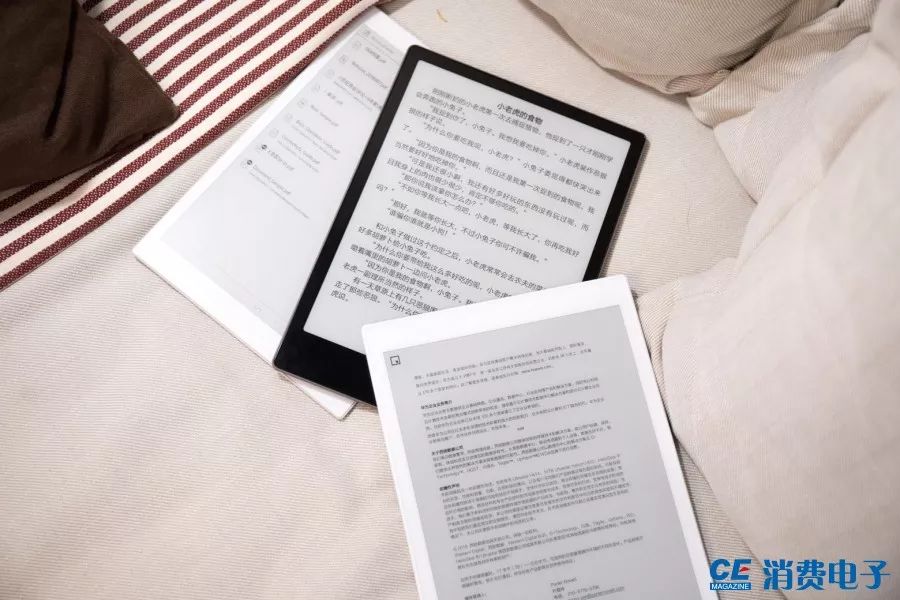
After this comparison, we found that BOOX Note +, reMarkable, and Sony DPT-CP1 all have their strengths, making it difficult to draw a hasty conclusion about which one is superior. Both reMarkable and Sony DPT-CP1 aim to be “paper” substitutes, but they seem to overlook why users would spend thousands of dollars to replace a few cents worth of “paper”.
We do not deny the capabilities of reMarkable and Sony DPT-CCP1 in mimicking “paper”, especially in terms of the writing experience, which is convincingly realistic. BOOX Note + has not chosen to pursue the extreme writing experience like the other two, but rather integrates writing, reading, and sharing in a reasonable manner, with a well-executed localized service experience that is “not troublesome” to use, which is what consumers truly need.
MORE| Celebrity Interviews:

Is Lao Luo’s sentiment finally reliable? Experience review of Smart Pro 2
Perhaps the only domestic phone that can compete with the iPhone X – Huawei Mate10 Pro experience review
The new “culinary god” in the kitchen vows to break the wall?! – Comparative review of three popular heating wall-breaking cooking machines
Luo Yonghao’s sentiment has returned, will you pay for it? – Hammer Smart Pro phone experience review
How does it look? How about performance? – We reviewed three phones that focus on photography
“Consumer Electronics” Magazine is a large consumer electronics publication covering interviews, product reviews, industry trends, and consumer guides, overseen by the Ministry of Industry and Information Technology of the People’s Republic of China and hosted by the China Electronics Association.
